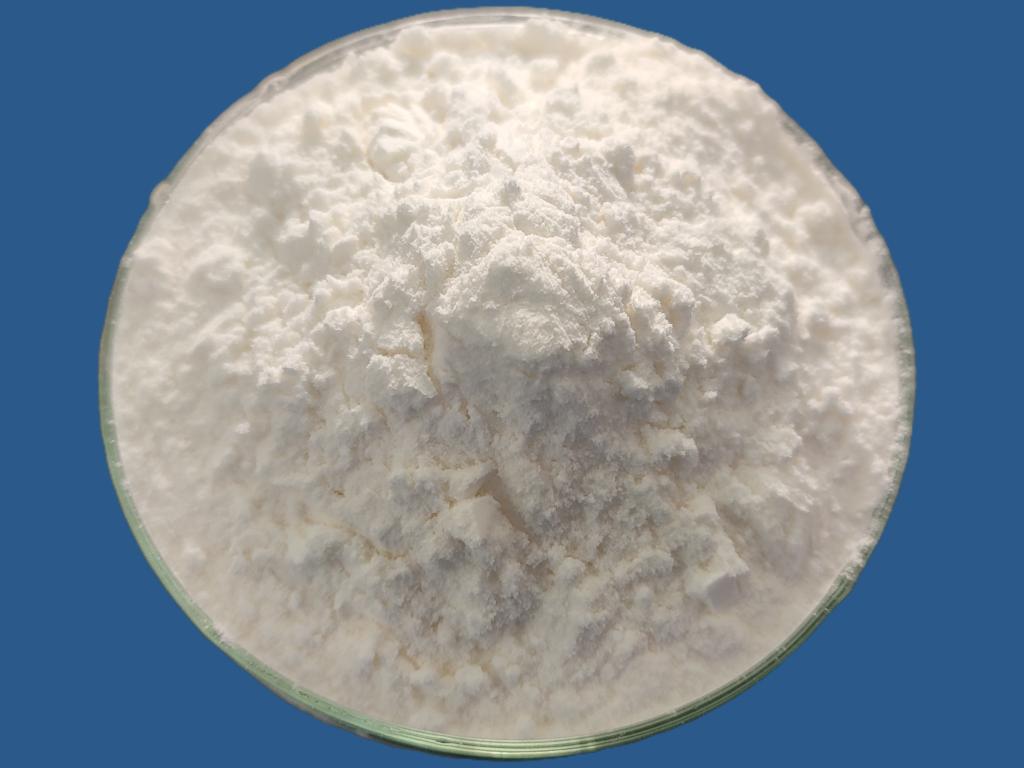Tel:+8618231198596

News
 CONTACT
CONTACT
 CONTACT
CONTACT
- Linkman:Linda Yao
- Tel: +8618231198596
- Email:linda.yao@dcpharma.cn
- Linkman:CHARLES.WANG
- Department:Overseas
- Tel: 0086 0311-85537378 0086 0311-85539701
News
ε-Polylysine hydrochloride is compatible with various food formulations and processing conditions.
TIME:2024-04-11
Understanding ε-Polylysine Hydrochloride
Derived from microbial fermentation, ε-Polylysine hydrochloride is a cationic polypeptide composed of multiple lysine residues linked by peptide bonds. Its unique chemical structure enables it to interact with microbial cell membranes, disrupting their integrity and inhibiting microbial growth. Due to its natural origin and safety profile, ε-Polylysine hydrochloride has gained regulatory approval for use as a food additive in many jurisdictions worldwide.
Compatibility with Food Formulations
One of the key advantages of ε-Polylysine hydrochloride is its compatibility with a wide range of food formulations. Whether it's meat, dairy, bakery, or processed foods, ε-Polylysine hydrochloride can be seamlessly integrated into various products to enhance microbial safety without compromising taste, texture, or nutritional content.
In the meat and poultry industry, ε-Polylysine hydrochloride is used to inhibit the growth of pathogenic bacteria such as Salmonella, Escherichia coli, and Listeria monocytogenes. Its compatibility with meat products allows manufacturers to ensure microbial safety without affecting product quality.
Similarly, in the dairy industry, ε-Polylysine hydrochloride helps control the growth of spoilage organisms in milk, cheese, and yogurt. Its compatibility with dairy formulations allows for effective preservation without altering taste or texture.
In the bakery sector, ε-Polylysine hydrochloride can be incorporated into bread, cakes, and pastries to extend shelf life and prevent mold growth. Its compatibility with baked goods ensures microbial safety without compromising sensory attributes.
Processing Versatility
ε-Polylysine hydrochloride offers versatility in processing, making it suitable for a wide range of food manufacturing techniques. Whether it's high-temperature processing, pH extremes, or long-term storage, ε-Polylysine hydrochloride retains its antimicrobial efficacy under diverse conditions.
In thermal processing, such as pasteurization and sterilization, ε-Polylysine hydrochloride remains stable and active, ensuring effective microbial control without degradation. Its compatibility with heat treatment allows for the production of shelf-stable products with extended storage life.
Furthermore, ε-Polylysine hydrochloride is effective across a wide pH range, making it suitable for acidic, neutral, and alkaline food products. Whether it's fruit juices, sauces, or pickled vegetables, ε-Polylysine hydrochloride provides consistent microbial safety without altering product acidity or flavor.
Regulatory Considerations
The regulatory status of ε-Polylysine hydrochloride varies depending on the country and intended use. In many jurisdictions, it is recognized as a safe food additive with established maximum residue limits (MRLs) and usage levels. Regulatory bodies such as the Food and Drug Administration (FDA) in the United States and the European Food Safety Authority (EFSA) in the European Union have evaluated the safety of ε-Polylysine hydrochloride and established guidelines for its use in food products.
Food manufacturers must adhere to regulatory requirements and ensure compliance with labeling regulations when using ε-Polylysine hydrochloride in their products. Accurate labeling of ε-Polylysine hydrochloride in ingredient lists and adherence to permitted usage levels are essential to ensure consumer safety and regulatory compliance.
Future Directions
As the food industry continues to evolve, the versatility of ε-Polylysine hydrochloride offers opportunities for innovation and product development. Future research and development efforts may focus on optimizing the formulation and application of ε-Polylysine hydrochloride to further enhance its efficacy and compatibility with different food matrices.
Furthermore, advancements in processing technologies and packaging materials may facilitate the integration of ε-Polylysine hydrochloride into a wider range of food products, expanding its utility and impact on food safety and quality.
Conclusion
ε-Polylysine hydrochloride's compatibility with various food formulations and processing conditions makes it a valuable tool for food manufacturers seeking effective microbial control without compromising product quality. Its broad-spectrum antimicrobial properties, processing versatility, and regulatory acceptance position it as a versatile solution for ensuring food safety in a wide range of food products. As the food industry continues to prioritize safety and innovation, ε-Polylysine hydrochloride will remain a cornerstone of microbial control strategies, contributing to the advancement of food safety and quality assurance.
https://www.dachengpharma.com/product/polylysine-hydrochloride/
- Tel:+8618231198596
- Whatsapp:18231198596
- Chat With Skype







